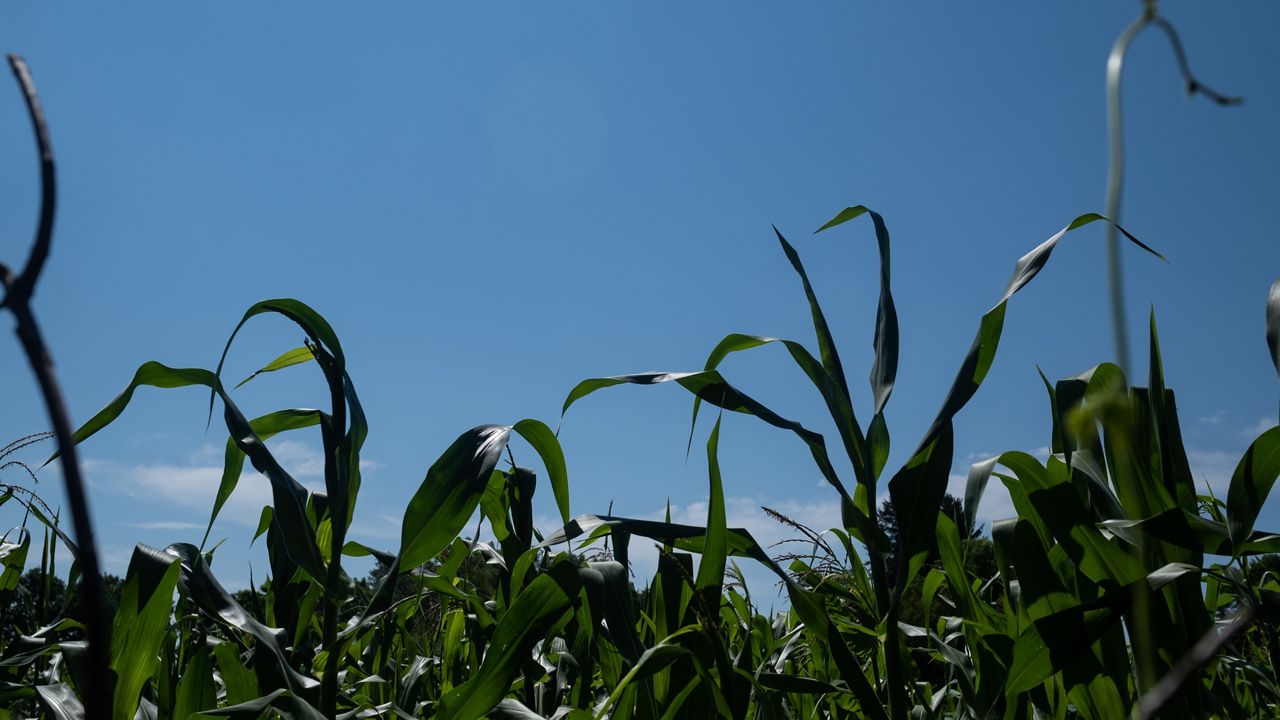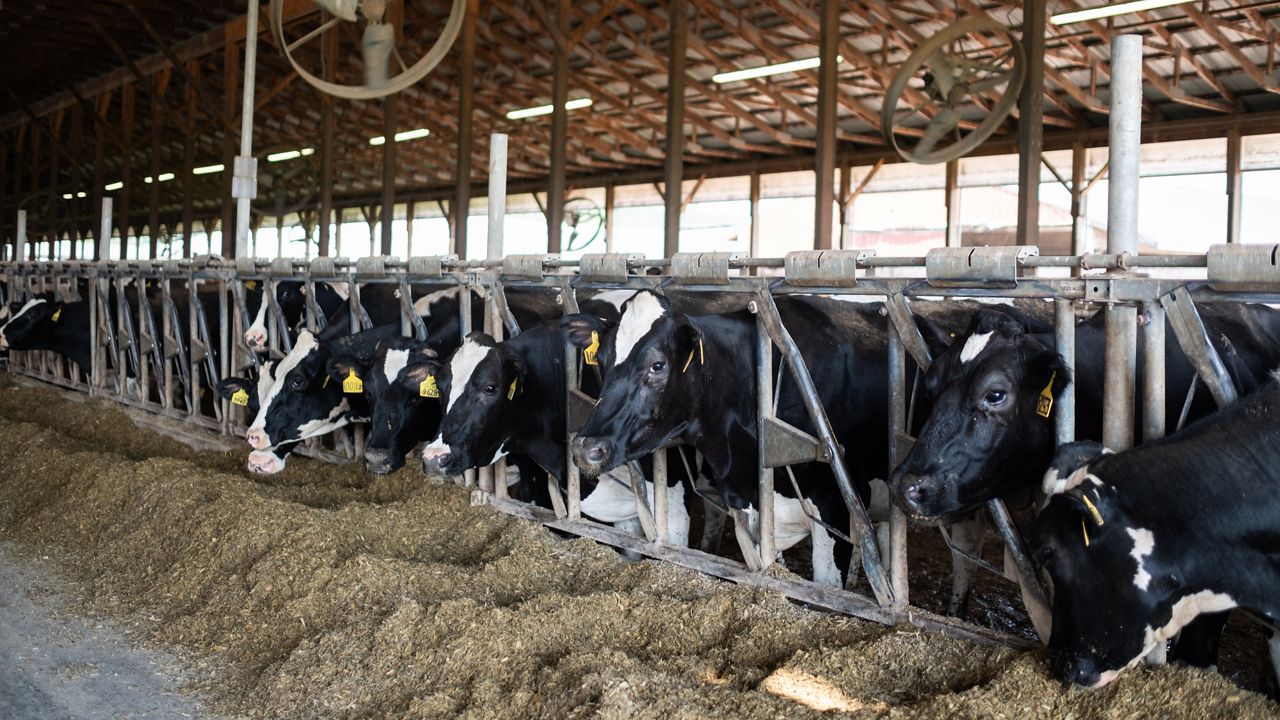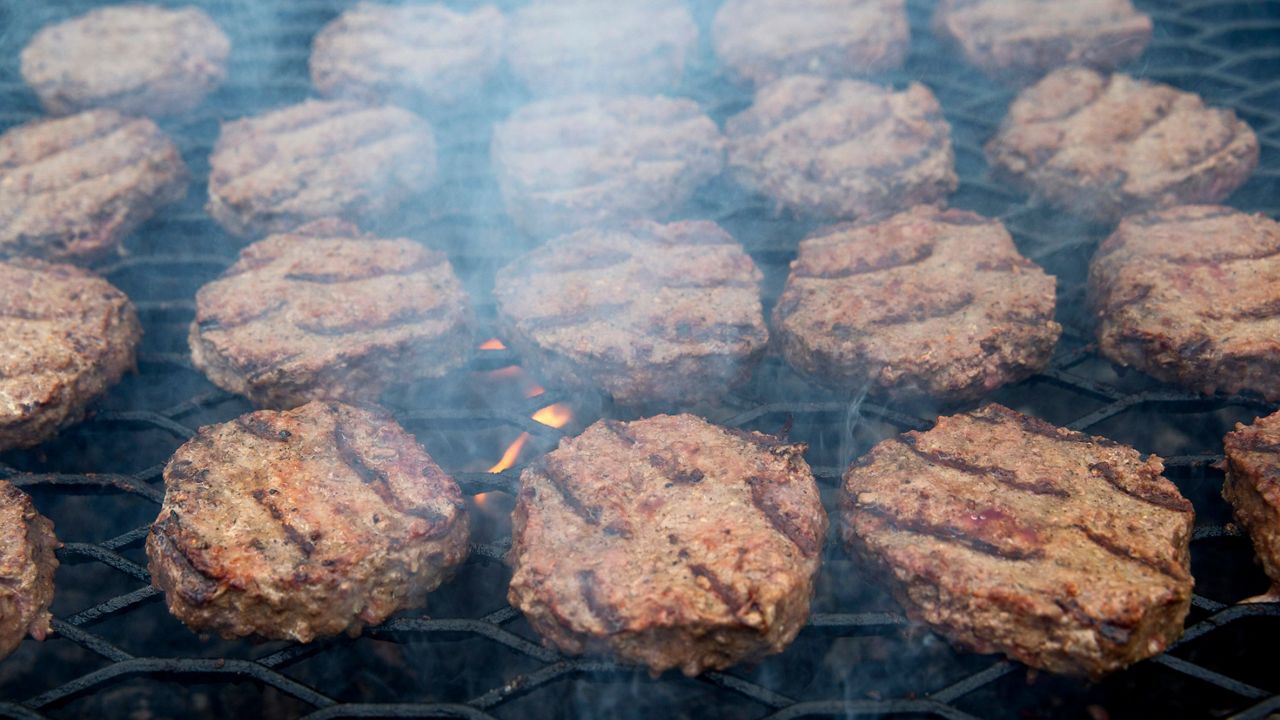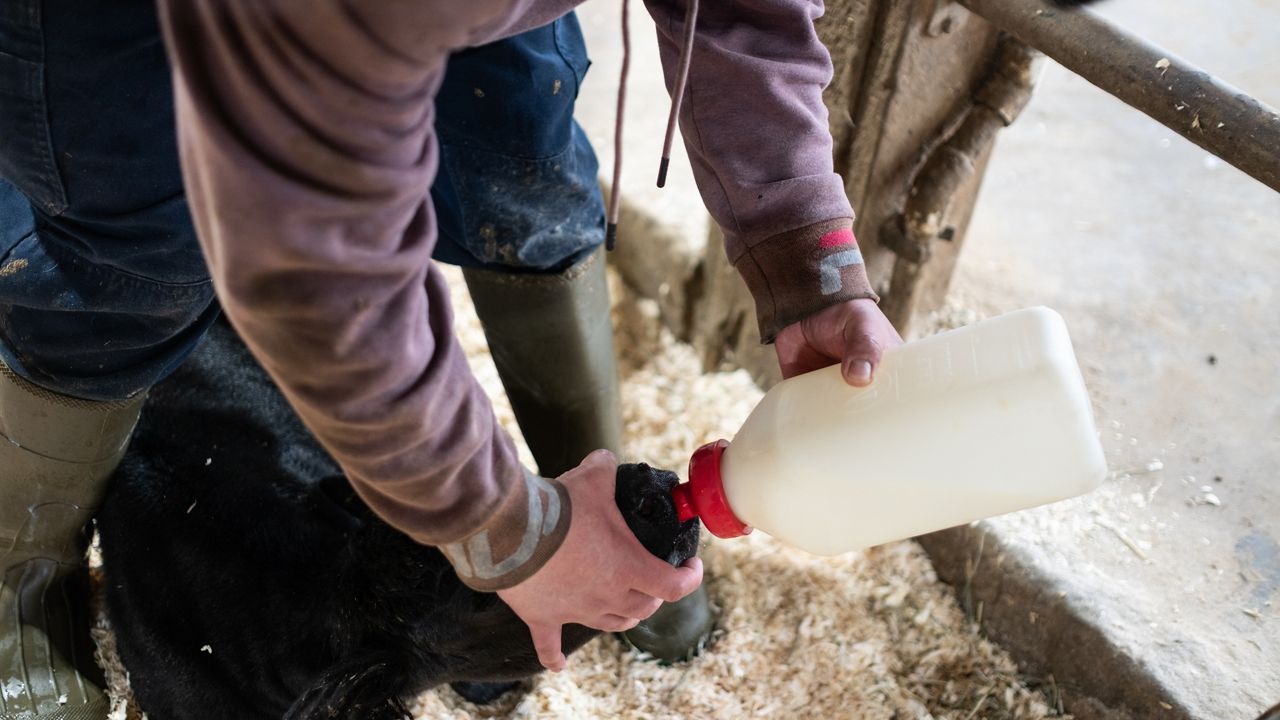With summer approaching, community-supported agriculture programs will soon have fresh produce available for customers.
While there are many local farms that offer a CSA, Maura Ackerman, director at Syracuse-Onondaga Food Systems Alliance, said there are some general considerations to make when choosing one.
“The location of the farm, are you going to the farm? It could be interesting for some households to see the farm on a regular basis and logistically challenging for others,” she said.
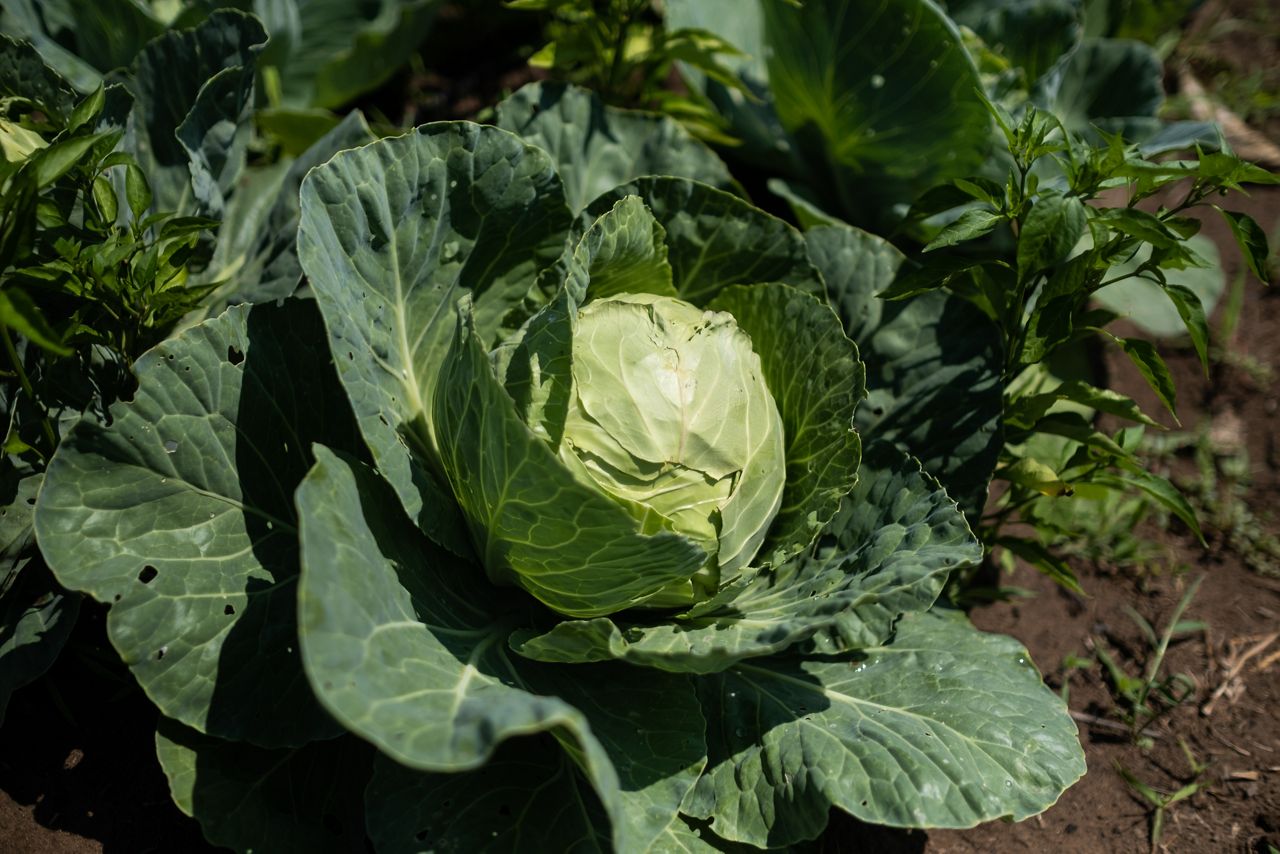
Another consideration is the size of the box in relation to what people in a family will consume.
“Consider if there are vegetarians in the household whose diet is a large portion of fruits and vegetables,” Ackerman said. “I would say typically a box feeds two heavy vegetable eaters or a more typical family of four.”
Jacob Gigler-Caro, executive director at the Salt City Harvest Farm in Kirkville, said their farmers try to coordinate so they can provide a variety of fruits and vegetables.
Salt City Harvest Farm is 36 acres that are farmed by refugees from all over the world who have the option to sell into the program. The refugees grow culturally specific foods such as daikon radish, bitter melon, Nepali long beans, collard and mustard greens in addition to more common produce.
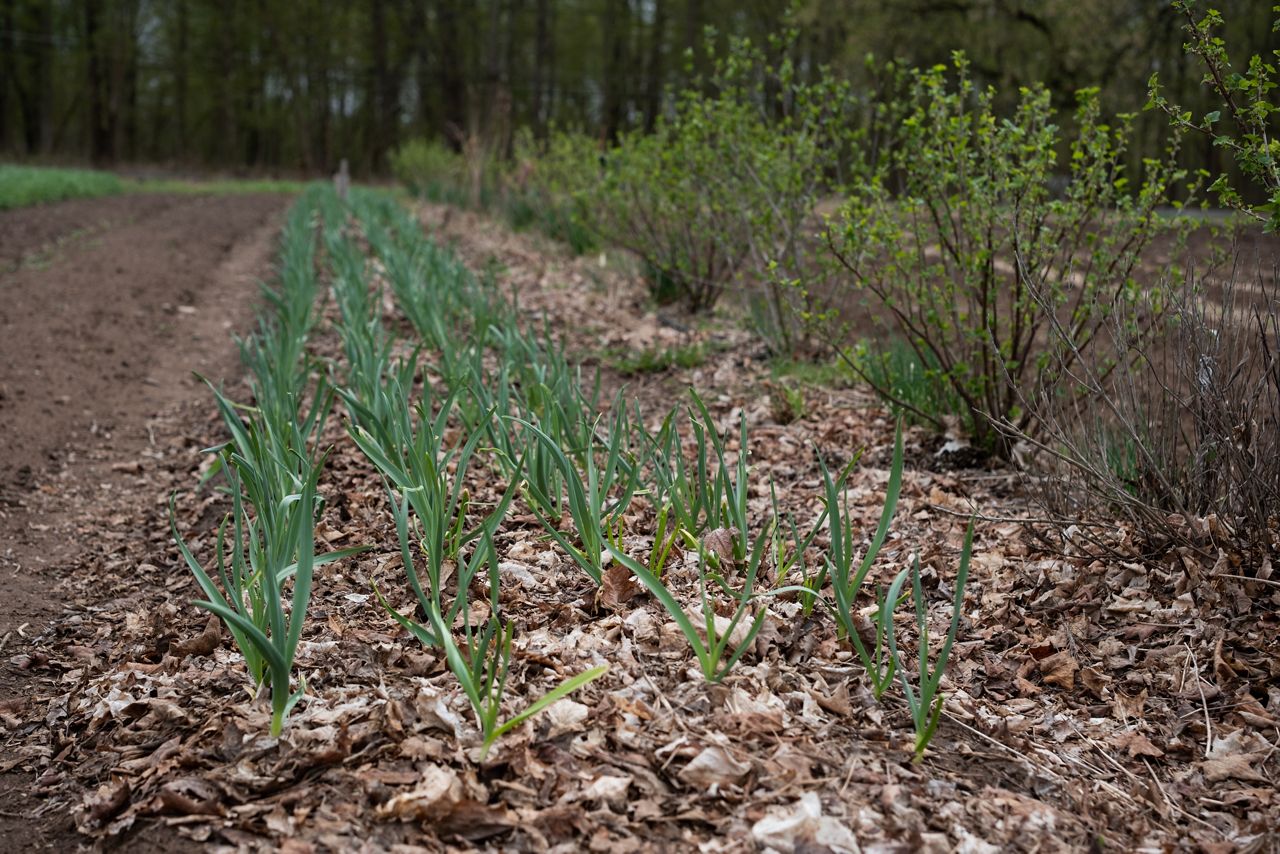
“Our farmers are really focused on increasing cultural awareness of food from around the world,” Gigler-Caro said.
The farm offers a sliding scale payment system. The regular price is $450 for 18 weeks of produce, then consumers have the option to pay either 15% under or over, Gigler-Caro said. People also have the option to donate in support of the farm.
“The people who are able to afford a little bit more for a CSA share are helping support some of the folks who can’t afford the full CSA price, so it’s a balance trying to make CSA boxes more accessible to the greater public,” he said.
Payments into the CSA program go toward helping farmers start their growing season.
“They don’t have to wait until harvest season to really have that cash to buy seeds, equipment and anything else they might need,” Gigler-Caro said.
While upfront payment is common, Ackerman said it is important to consider how CSA programs can be paid for. Some may offer multiple or weekly payments, which can make them more accessible.
“Some CSAs are starting to accept SNAP or food stamps,” Ackerman said. “It’s really exciting that that’s a possibility for some farms.”
Another local CSA program is offered through the Plum and Mule Community Market in Syracuse, operated by Leah de Rosa and Mark Pawliw.
“We started an online market during COVID a couple years back and we were just helping distribute food in the area and it was a pilot program at the time,” Pawliw said. “Now, we’ve moved into the next phase where we have an actual brick and mortar store, but we’re still in the building phase.”

Pawliw said they work with seven farms currently and send out a box of eight to 10 vegetables each week to those who have signed up for their CSA program.
Additionally, they offer a donation share where customers receive half the vegetables, then give the other half to the Brady Faith Farm in Syracuse to be redistributed to people in need, Pawliw said.
“It gives them [farmers] more outlets and lets them do the farming and not have to worry so much about where their food is going to go or at least, how to market it or sell it; we do all that for them, so it’s a symbiotic relationship,” Pawliw said.
Some of the unique products offered by Plum and Mule include mushrooms and locally foraged items, such as fiddleheads, ramps and morels, Pawliw said.
“Whether you join our CSA or any other CSA, I think it’s important to understand where your food comes from and that supporting local is all creating a good food system,” Pawliw said.





